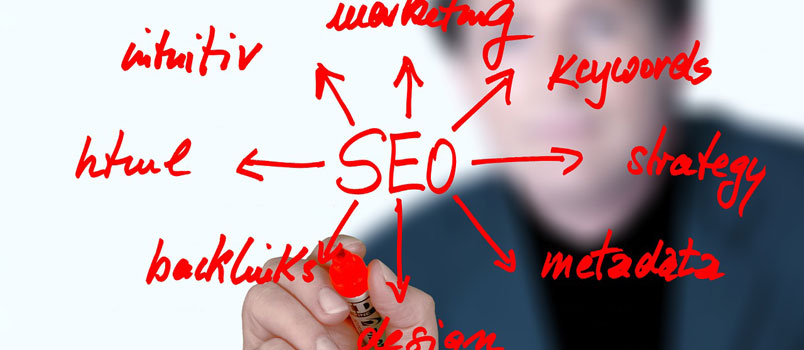In the bustling world of consumer goods, the art of product packaging takes center stage as a vital influencer of purchasing decisions and brand perception. Effective packaging not only grabs the attention of potential customers but also eloquently communicates the intrinsic value a product offers. In this article, we will embark on a journey into the multifaceted realm of packaging design, which seamlessly blends aesthetics with utility.
Crafting Visually Arresting Packaging
Packaging aesthetics often mark the initial point of contact between a product and its potential buyer. Crafting packaging that stands out in the crowded marketplace involves harnessing the power of color schemes, structural design, and typography to weave an aesthetically pleasing and visually captivating tapestry. Understanding the nuances of color psychology enables brands to evoke specific emotions and moods, thereby steering consumer perception and behavior.
Innovative packaging structures and shapes, akin to architectural marvels, serve to distinguish your product. A distinctive packaging design kindles curiosity and imprints an enduring memory on the consumer’s mind. Typography choices, coupled with font selections, should harmonize with the brand’s identity, reinforcing the intended message.
Forging a Lasting Brand Identity
The crux of successful packaging design transcends mere visual appeal; it extends into the realm of conveying brand identity and forging a robust connection with consumers. Consistency in branding elements such as logos, color palettes, and imagery is pivotal in bolstering brand recognition. Furthermore, aligning packaging with the brand’s core values is paramount. For instance, if sustainability is a cornerstone of the brand, eco-friendly packaging not only communicates this commitment but also resonates with conscientious consumers.
Unveiling a Compelling Narrative
Remarkable packaging is more than a mere facade; it is a vessel that carries the product’s narrative. Packaging possesses the unique ability to build an emotional bridge between the product and the consumer. Visual elements, such as evocative imagery and captivating graphics, have the potential to stir emotions and make the product relatable. The backstory of the product, whether it exudes craftsmanship, tradition, or innovation, can be beautifully narrated through the medium of packaging, adding depth to the consumer’s perception of the product.
Functionality and Practicality
While aesthetics dance in the spotlight, functionality, and practicality stand as silent pillars of support. Packaging must transcend its visual allure to serve as a protective shield, safeguarding the product during its journey from the production line to the consumer’s possession. Simultaneously, it should offer convenience to the customer. User-friendly, easy-to-open, and resealable packaging enhances the overall consumer experience.
In today’s world, sustainability is the clarion call. Brands must strike a harmonious balance between aesthetics and functionality while embracing eco-friendly packaging practices. Sustainable packaging aligns with consumer values and burnishes the brand’s image as an eco-conscious entity.
Case Studies: Pioneering Examples of Effective Product Packaging
To glean a deeper understanding of the principles that underpin effective product packaging, let’s embark on a journey through the annals of branding history. Recognizable brands have etched indelible stories of packaging success through the ingenious amalgamation of design, branding, and utility. From Apple’s minimalist and sleek product packaging to Coca-Cola’s iconic contoured bottle, there exists an array of invaluable lessons.
Within the realm of small businesses, countless success stories have been penned, each demonstrating how innovative packaging can carve a niche and foster a loyal customer base. For instance, a local artisanal food producer might have achieved prominence by adorning their products with meticulously designed packaging, evoking authenticity and quality.
The Role of Market Research
To chart the course toward effective packaging, businesses must embark on a quest of market research. Understanding the needs and preferences of the target audience is pivotal. Market research serves as the compass that keeps brands in sync with industry trends and competitive dynamics. This enables the creation of packaging that resonates with consumers.
Listening to customer feedback is another facet of market research that should not be overlooked. Brands can gauge the success of their packaging by gathering insights from those who interact with their products daily.
The Future of Product Packaging
In an era marked by technological advances, packaging design continues to evolve. Interactive and smart packaging solutions are gaining prominence, offering novel avenues for engaging consumers. Sustainability remains at the forefront, propelling brands to seek eco-friendly materials and practices. Simultaneously, consumer preferences remain in flux, necessitating agility in packaging design.
Conclusion
In the realm of consumer goods, effective product packaging is a dynamic art, skillfully marrying form with function, transcending the boundaries of aesthetics. Packaging design wields profound influence over purchasing decisions and brand image. By investing in remarkable packaging, businesses can not only entice new customers but also foster a profound connection with their existing consumer base. The fusion of form and function in packaging design is a potent strategy, one that should occupy a prime position in the arsenal of brand marketing efforts. For businesses yearning to create packaging that captivates and communicates value, the future brims with promise. Embark on this journey and get your quote today from a professional packaging design company to elevate your brand’s packaging strategy.





